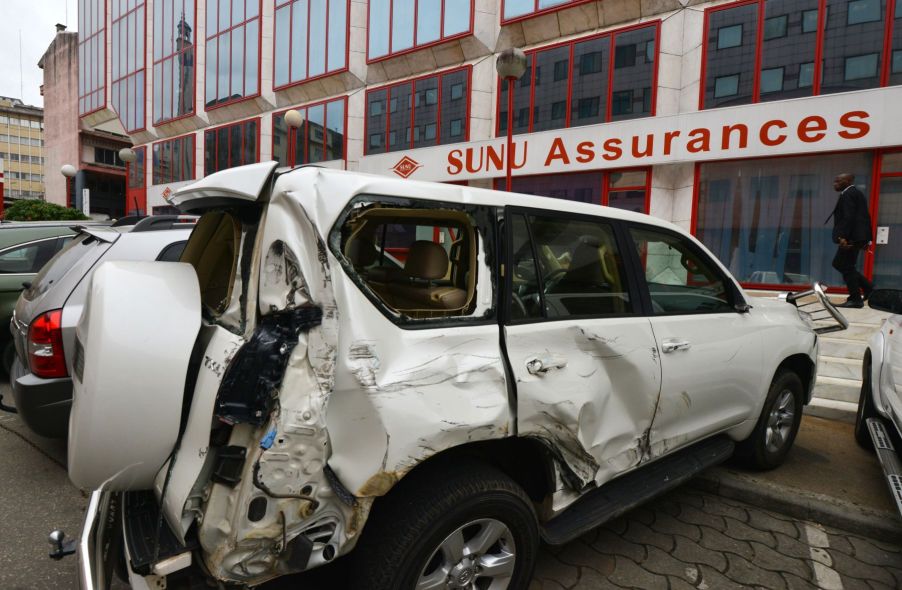
Watch out for These 2 Damage-Based Exclusions
Every car owner knows the importance of having car insurance and understanding what’s covered in it. Often, exclusions are outlined in fine print and involve a lot of jargon, making it hard for a layman to understand.
Whether you want to switch your insurance policy or submit a claim, sometimes the language used can leave you scrambling for a dictionary. According to Bankrate, knowing what’s covered and excluded in your insurance coverage may help you select the best policy that meets your needs. So, keep reading to better understand damage-based exclusions in a car insurance policy.
What are auto insurance exclusions?
Notwithstanding how perfect a car insurance policy may seem, there are always clauses you must watch out for. According to Simon and Fletcher P.C., exclusions are special provisions in business insurance policies that waive coverage for specific events or risks. While insurance policies help mitigate risk, they do not cover everything. For example, if you get angry and decide to crash into a wall, your insurer will not cover that.
This is why it is important to review your insurance policy carefully to understand what it will and will not cover before purchasing it. Doing this can help you buy the right policy. Otherwise, you could end up paying for your insurance for months, only to, later on, discover that it doesn’t cover what you thought it would when it’s too late.
Types of damaged-based exclusions
Some insurance policies may not cover damage after a car crash, depending on the nature of the car accident. According to Bankrate, collision insurance will exclude vandalism, and comprehensive coverage will exclude collision. The following are the common types of damaged-based exclusions:
1. Catastrophe exclusion
This clause is also known as the Act-of-God exclusion. Catastrophes are often not included in most auto insurance policies. While this provision may vary between companies and policies, natural disasters like earthquakes, floods, wars, civil unrest, and other unpredictable events of the modern world could be excluded from your car insurance.
However, most catastrophes are covered under comprehensive auto insurance policies. If you reside in areas prone to natural calamities, talk to your insurer about purchasing a policy covering the specific catastrophe you are concerned about. Note that any event that could have been anticipated and/or prevented, such as an accidental fire, does not fall under catastrophes because it could have been avoided by perhaps implementing more efficient fire safety measures.
2. Intentional act exclusions

This is another provision in liability coverage that excludes coverage for property damages or bodily injury if the insured driver knowingly tried to use their vehicle to cause harm to someone or something. Therefore, if you intentionally run over your arch nemesis on the sidewalk, do not expect your insurer to cover any damages. You will have to pay for all medical expenses out-of-pocket, which may be difficult because you’ll probably be behind bars.
In other instances, an insured driver may deliberately damage their car and proceed to the insurance company to file a claim to get a new vehicle. Such claims get rejected by the insurance company if there is sufficient evidence to prove that the driver knowingly damaged the car.
Having full coverage on every car you own is extremely beneficial. However, regarding car insurance, exclusions are often hard to understand. In light of this, if you are facing difficulties decoding the policy wording, you should have a sit-down with your insurer to ascertain that nothing is lost in translation.


